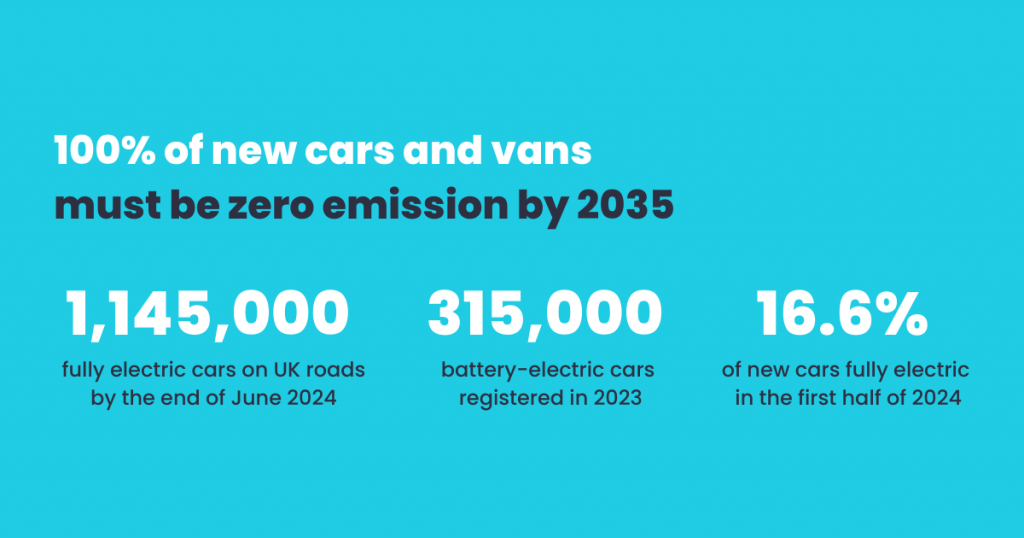Last Updated on February 20, 2025
Driving is an essential part of modern life, but it comes with environmental costs. As awareness of climate change and air pollution grows, more people are seeking ways to drive responsibly. Eco-friendly and efficient driving is not just about reducing your carbon footprint; it also helps you save money on fuel. This blog explores why eco-friendly driving is crucial, outlines the benefits, and provides practical tips to help you make a positive impact.
Why Eco-Friendly Driving is Important
Eco-friendly driving matters because it directly affects the environment, public health, and your wallet. Here’s why more drivers are adopting green driving habits.
| Reason | Explanation |
| Environmental Impact | Reduces greenhouse gas emissions, mitigating climate change |
| Public Health | Lowers air pollution, leading to fewer health issues like asthma and heart disease |
| Cost Saving | Improves fuel efficiency, reducing the amount spent on petrol or diesel |
| Vehicle Longevity | Gentle driving practices extend the life of your car |
| Government Incentives | Many regions offer tax benefits or incentives for eco-friendly vehicles and driving practices |

Source: https://www.theecoexperts.co.uk/electric-vehicles/ev-statistics
Benefits of Eco-Friendly Driving
Eco-friendly driving offers numerous advantages, making it a worthwhile practice for all drivers. Here are five core benefits:
Reduced Environmental Impact: By cutting down on fuel consumption, you decrease the amount of carbon dioxide and other harmful emissions released into the atmosphere, helping to combat climate change.
Healthier Communities: Lower emissions result in cleaner air, which can reduce the incidence of respiratory and cardiovascular diseases in your community.
Financial Savings: Improved fuel efficiency means you spend less on petrol or diesel, providing significant savings over time.
Extended Vehicle Life: Eco-friendly driving reduces wear and tear on your vehicle, leading to fewer repairs and a longer lifespan for your car.
Access to Incentives: Many governments offer financial incentives, such as tax breaks or rebates, for eco-friendly vehicles and driving practices. An example of this is the UK government offering incentives for those driving EV vehicles.

10 Techniques to Save Fuel and Reduce Emissions
- Maintain Steady Speed: Avoid sudden accelerations and decelerations. Use cruise control which is a feature when cars are driving at a constant speed that allows you to take your foot off the accelerator and maintain the same speed. This is particularly useful on motorways to maintain a constant speed, which is also more fuel-efficient.
- Drive Smoothly: Gentle acceleration and braking can significantly improve fuel efficiency. Anticipate traffic flow and react smoothly to changes.
- Reduce Weight: Remove unnecessary items from your car. Extra weight forces the engine to work harder, increasing fuel consumption.
- Properly Inflate Tyres: Under-inflated tyres create more rolling resistance, leading to higher fuel consumption. Check tyre pressure regularly.
- Regular Maintenance: Keep your car well-tuned. Regular servicing ensures the engine runs efficiently, reducing emissions and saving fuel.
- Limit Air Conditioning Use: Air conditioning puts extra load on the engine. Use it sparingly and try to cool the car naturally when possible.
- Shift Gears Efficiently: For manual cars, shift gears at the right time to avoid over-revving the engine. Use higher gears as soon as the car can handle it.
- Avoid Idling: Idling is a road traffic offence. To avoid this, turn off the engine if you expect to be stationary for more than a minute. Idling wastes fuel and increases emissions.
- Plan Your Journeys: Combine errands into one trip to reduce the number of cold starts and overall mileage. Use GPS to find the shortest and most efficient routes. This can be particularly useful when planning road trips.
- Use Eco Mode: If your car has an eco-driving mode, use it. This setting optimizes the vehicle’s performance for better fuel efficiency.

Conclusion
Adopting eco-friendly driving techniques is a simple yet powerful way to contribute to a greener planet. By integrating these fuel-efficient driving techniques into your daily routine, you can significantly reduce car emissions and save on fuel costs. Whether you are a learner driver or an experienced one, making these changes can lead to a healthier environment and a healthier bank balance.
FAQs
Begin by adopting simple habits such as driving smoothly, maintaining a steady speed, and regularly checking tyre pressure.
Smooth driving reduces fuel consumption and emissions by preventing unnecessary acceleration and braking.
Properly inflated tyres reduce rolling resistance, which improves fuel efficiency and reduces emissions.
Yes, air conditioning increases the load on the engine, which can lead to higher fuel consumption.
Idling consumes fuel and emits pollutants without moving the car. Turning off the engine when stationary saves fuel and reduces emissions which could save you a fine!









